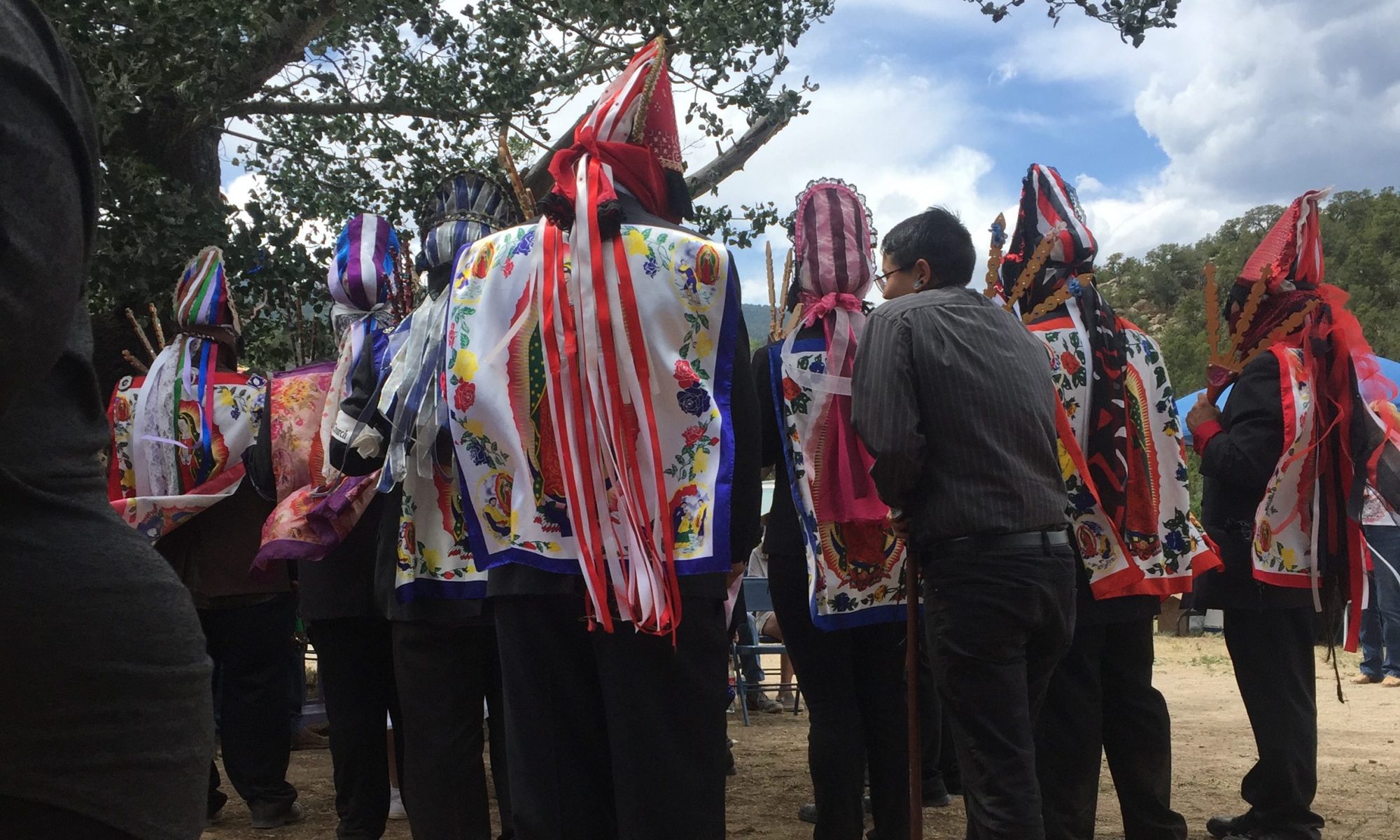Nuestra Señora de Dolores de Belen:
In 1733, 14 genízaro families, residing in the town of Alameda, requested a grant of land that was abandoned at Sandia Pueblo. Although the petition for this land grant was denied by Governor Don Gervasio Cruzat y Gongora in 1746, a group of genízaros was relocated to the south of the Villa de Albuquerque to establish a permanent settlement as part of the Nuestra Señora de Dolores de Belen land grant to create a zone of protection to the south of the Villa de Albuquerque. By 1750, several such settlements existed within this land grant, also referred to as the Town of Belen land grant.
Notably, the Plaza de los Genízaros can be identified as a distinct genízaro community within the land grant, with Native American heads of household. The land grant petition references petitioners Antonio Gurule and Antonio Padilla of the Pawnee tribe as well as Fransico Baca, who is described as Apache. The Pawnee Antonio Padilla was also noted as a petitioner for the genízaro land grant at Sandia in 1733 that was denied.
Nuestra Señora de Dolores de Belen remained as an identifiable Native settlement until the early part of the 19th century and can be clearly defined by primary documentation as the earliest established genízaro settlement. Today the settlement is known simply as Belen, and many of the descendants of the original settlers own farmland within the historic land grant boundary. By 1790, a plaza known as the Plaza de Los Genízaros in Belen was identified in the Spanish Census of New Mexico.

GenÍzaro Identity & Continuance
A Site for Education about the Traditions and Heritage of Genízaro People of New Mexico